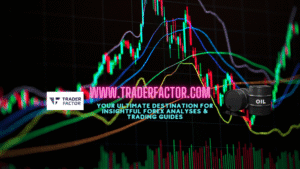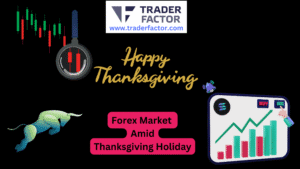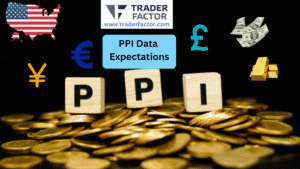Wall Street stocks rose on Tuesday, while the dollar fell as the US earnings season began and investors assessed the future course of monetary policy.
On the other hand, the S&P 500 equity index finished the day up 2.8%, its biggest daily gain since late June.
The Nasdaq Composite rose 3.1%, its biggest gain since late June, led by gains for mega-caps Amazon, Alphabet, and Microsoft. Meta, the owner of Facebook, finished the day up 5.1%.
Investors were still debating whether the likelihood of a recession would force the US Federal Reserve to loosen its position on monetary policy when the broad rally occurred.
The main interest rate is anticipated to increase by 0.75 percentage points next week, to a range of 2.25 to 2.5 percent, after consumer price inflation in the largest economy in the world reached a 40-year high of 9.1% last month.
“There’s no clear direction set by the markets at the moment,” said Edward Park, a chief investment officer.
“There’s a swing one day to recession risks that mean the Fed can’t tighten [further] and then it swings back to concerns about inflation and therefore central banks needing to fight harder.”
Global stocks have fallen nearly 20% this year, and the quarterly corporate earnings season has fueled fears that the declines will continue.
“We are going to see big downgrades to earnings forecasts and there is no monetary policy support to help markets, so it is difficult to be optimistic,” said Luca Paolini, a chief.
On Tuesday, Johnson & Johnson, a US healthcare company, lowered its full-year sales and profit projections due to the stronger dollar, which lowered the value of its foreign earnings. Its stock price dropped 1.4% by day’s end.
This happened after Goldman Sachs issued a warning that it would slow recruiting.
Netflix was scheduled to release its quarterly results after the closing bell, and its shares ended the day 5.6% higher.
When the streaming company disclosed that its explosive subscriber growth had slowed down during the first three months of 2022, its stock price fell in April.
The Stoxx 600 index for Europe finished 1.4% higher. A currency index that compares the US dollar to six other currencies fell 0.7% on Tuesday.
The euro, which contributes significantly to the dollar index, increased by 0.8% to $1.022, after last week’s decline brought it to parity with the dollar for the first time in 20 years.
The European Central Bank is poised to raise borrowing prices this week for the first time in more than ten years.
Rate-setters are now anticipated to consider the potential of a hike of 0.5 percentage points, breaching their own advice in the face of record-high inflation.
The ECB has kept its main interest rate at less than zero to stimulate lending and spending since 2014 and has lagged the Fed and the Bank of England in tightening monetary policy.
The bloc’s benchmark rate stands at minus 0.5 percent.
“The fact is that the ECB is a long way behind the curve and they have a lot to do,” said Paul O’Connor, head of the UK-based multi-asset team at Janus Henderson.
“So it won’t seem unusual if they kick off with a 50 basis point rise.”
The benchmark 10-year Treasury yield increased 0.06 percentage points to 3.02 percent, putting pressure on US government bonds.
The two-year government bond with a policy-sensitive yield increased by 0.08 percentage points to 3.24 percent.
Note: The value of your investments, as well as the income generated by them, may fall as well as rise. You may not get your entire investment back. Currency fluctuations may affect the value of international investments, reducing their value in sterling. Our advice is not intended to be a personal recommendation to buy or sell a specific stock.
Disclaimer:
All information has been prepared by TraderFactor or partners. The information does not contain a record of TraderFactor or partner’s prices or an offer of or solicitation for a transaction in any financial instrument. No representation or warranty is given as to the accuracy or completeness of this information. Any material provided does not have regard to the specific investment objective and financial situation of any person who may read it. Past performance is not a reliable indicator of future performance.

















